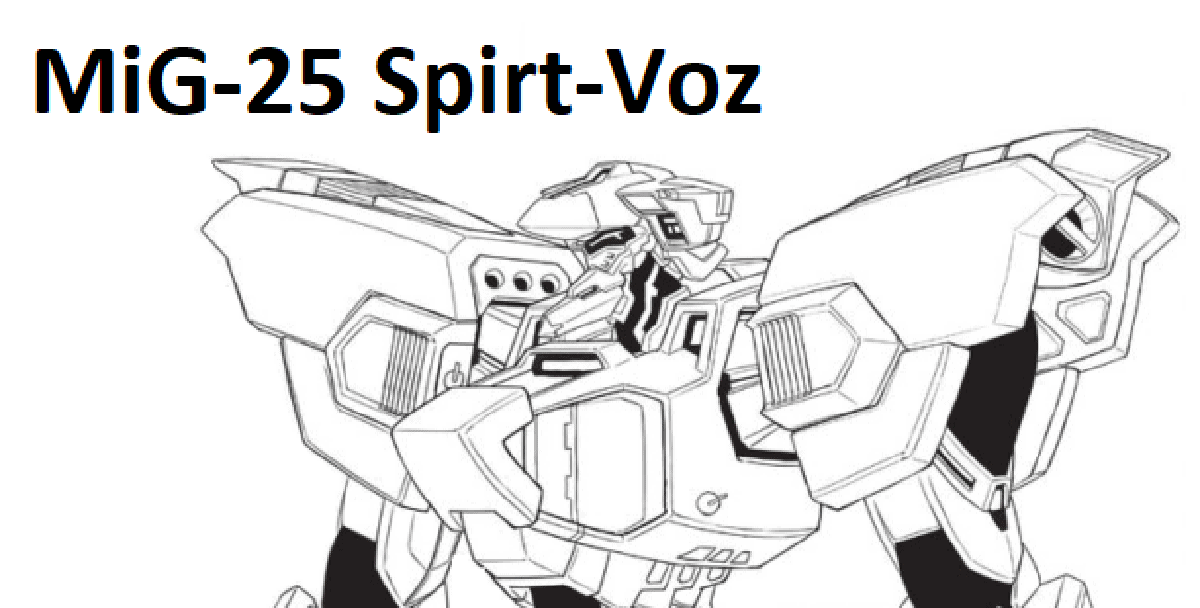
Mecha Profile: MiG-25 Spirt-Voz – Muv-Luv Alternative
The BETA War wasn’t the only war that the Soviet Union were fighting, but also the arms-race with the U.S in TSF development as well. As the U.S is quickly advancing their TSF research due to their technological prowess, the Soviet also had to response with new units of their own. Even though the MiG-23 Cheburashka and MiG-27 Aligatori was recently deployed, the USSR needed something more to match the States’ ATSF and LWTSF Program, and that gave birth to the heavy-weight assault TSF: the MiG-25 Spirt-Voz.
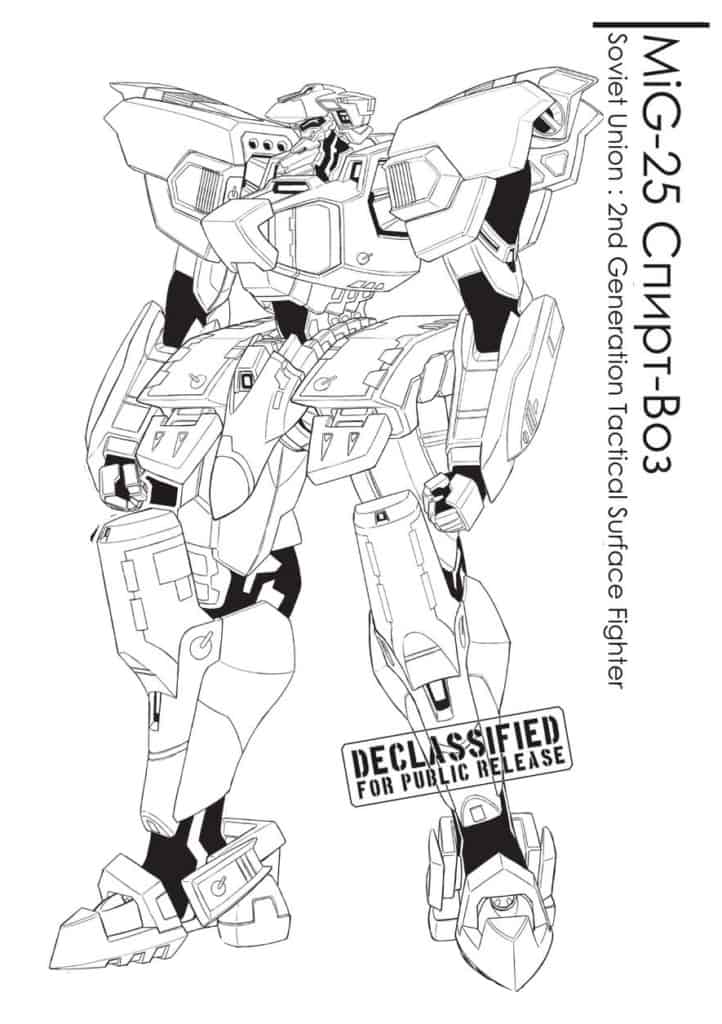
I. Development History:
– After 1980, having gained TSF development knowledge from the licensed production of the F-4 Phantom, F-5 Freedom Fighter and manufacturing their own MiG-21 Balalaika, the Soviet was eager to begin their own domestic TSF development and production so as not to rely on the US – an old enemy – for supply in the BETA War. But it was clear that they lacked the fundamental understanding and skills to rival the US, not to mention the BETA had been detrimental to their facilities and territories. This led to their next mainline craft – the MiG-23 and MiG-27 – being subpar compared to their Western equivalent (the F-14 Tomcat).
– In the meantime, the US had already started their 3rd-generation TSF development (ATSF Program) and the High-Low Mix initiaive (LWTSF program). This created panic in the Soviet Union, prompting them to start their own next-gen development plan: the MFPTI – Multifunctional Frontline Tactical Surface Fighter Program – which was a parallel to the High-Low Mix Initiative: developing a limited quantity of heavy-weight, robust craft along a high number of lightweight, affordable craft.
– The MFPTI Program used the YE-155 self-contained hive capturing prototype craft as the “High” part, which later became the MiG-25. The unit was geared towards high-speed assault with support bombardments abilities. However, Mikoyam Guluvich lacked the technologies to support these high specifications, leading to the program hitting roadblocks. The huge technological gap frustrated the Communist Party, and they resolved to making a re-design of the F-15 Eagle, based on the Soviet unique operational concepts. This was achieved by salvaging the remains of F-15 Eagles to research American technology. The new craft was given the formal designation MiG-25 and became the first first scale Soviet TSF since the MiG-21. It commenced frontline deployment in 1987 alongside the MiG-29 (formerly the 9/12).
– As a heavy and less agile craft geared towards delivering tactical nuclear strike for Hive capturing, the MiG-25 wasn’t favored by Soviet Union due to Hive capturing operation never succeeded and the war of attrition against the BETA was obviously wearing the Soviet down much faster. Replacement for the TSF with higher survivalbility – the MiG-31 Plamya-Lisa – was deployed by Mikoyam in 1990. However, the MiG-25 was most likely exported to several foreign nations and still used to this day.
– After 1980, having gained TSF development knowledge from the licensed production of the F-4 Phantom, F-5 Freedom Fighter and manufacturing their own MiG-21 Balalaika, the Soviet was eager to begin their own domestic TSF development and production so as not to rely on the US – an old enemy – for supply in the BETA War. But it was clear that they lacked the fundamental understanding and skills to rival the US, not to mention the BETA had been detrimental to their facilities and territories. This led to their next mainline craft – the MiG-23 and MiG-27 – being subpar compared to their Western equivalent (the F-14 Tomcat).
– In the meantime, the US had already started their 3rd-generation TSF development (ATSF Program) and the High-Low Mix initiaive (LWTSF program). This created panic in the Soviet Union, prompting them to start their own next-gen development plan: the MFPTI – Multifunctional Frontline Tactical Surface Fighter Program – which was a parallel to the High-Low Mix Initiative: developing a limited quantity of heavy-weight, robust craft along a high number of lightweight, affordable craft.
– The MFPTI Program used the YE-155 self-contained hive capturing prototype craft as the “High” part, which later became the MiG-25. The unit was geared towards high-speed assault with support bombardments abilities. However, Mikoyam Guluvich lacked the technologies to support these high specifications, leading to the program hitting roadblocks. The huge technological gap frustrated the Communist Party, and they resolved to making a re-design of the F-15 Eagle, based on the Soviet unique operational concepts. This was achieved by salvaging the remains of F-15 Eagles to research American technology. The new craft was given the formal designation MiG-25 and became the first first scale Soviet TSF since the MiG-21. It commenced frontline deployment in 1987 alongside the MiG-29 (formerly the 9/12).
– As a heavy and less agile craft geared towards delivering tactical nuclear strike for Hive capturing, the MiG-25 wasn’t favored by Soviet Union due to Hive capturing operation never succeeded and the war of attrition against the BETA was obviously wearing the Soviet down much faster. Replacement for the TSF with higher survivalbility – the MiG-31 Plamya-Lisa – was deployed by Mikoyam in 1990. However, the MiG-25 was most likely exported to several foreign nations and still used to this day.
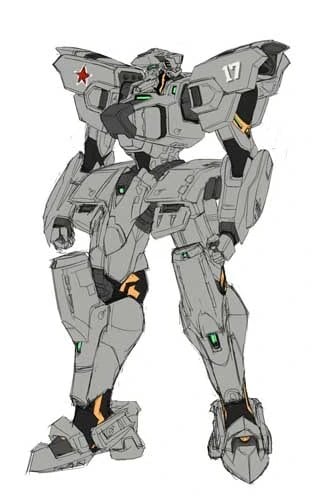
II. Technical Specs & Armaments:
– There are no recorded height for the MiG-25 Spirt-Voz, but its frame is 20% larger than an F-15 Eagle, so it should stand around 20-meter, utilizing two K-18BD-300 Jump Units. These are high output Jump Units that are powerful enough to carry the unit along with large nuclear guided missiles to reach the stab of a Hive in the shortest distance and time as possible, as well as the ability to use those nuclear warheads for wide area suppression so the unit can reach the target safely. Once it infiltrates the Hive, the MiG-25 would unleash all of its arsenal – waves of nuclear attacks – to suppress the Hive in a short amount of time.
– Even though the craft is based on the F-15, the Eagle’s close-quarter dogfighting ability – which is a major cause for losses – isn’t present in the Spirt-Voz. The combat doctrine of the MiG-25 is almost a suicide blitzkrieg with tactical nuke to suppress Hives. A group of MiG-25 would charge straight towards a Hive, perform area bombardment as necessary on the way, infiltrate the Hive’s stab as soon as possible and unleash all of its armaments, which usually resulted in a one-way trip for the pilots.
– The MiG-25’s increased size gives it more frontal armor and airframe durability, as well as high-speed cruising abilities and increased cruising distance. The hardpoints on the forearm can be equipped with specially designed multi-purpose supplemental armor, to break through BETA groups around a Hive and in the stab. The iconic knife sheath on the forearm of Mikoyam’s TSF wasn’t included in this craft either.
– It is unknown if the MiG-25 possess mount-pylons on its back for Assault Cannons and Melee Blades, however, based on the purpose of the craft and its mobility, it’s highly likely that extra hardpoints for more strategic AoE weapons were used.
III. Trivia:
– The name “Spirt-Voz” is a nickname and isn’t its official name. It means “Alcohol Wagon” in Russian. The name was given to the craft on its first operation, which was essentially a suicide mission with nuclear weapons. Unit Commander Alseni Bogdanov had to use all the vodka at the base to “motivate” the Surface Pilots. However, even after this, the MiG-25’s survival rate would remain extremely low regardless of the type of operation. A myth persist that the origin of the nickname is because you won’t be brave enough to pilot the unit unless you’re extremely drunk.
– The Soviet pilots also mocked the MiG-25 by calling it the “SS25” – based on the Soviet’s ICBM SS24. Basically they treat the TSF as a glorified nuclear missile.
– The real-life MiG-25 Foxbat is also a supersonic jet used to intercept US’ supersonic bombers. The jet also shares similarities with the TSF as having really high speed, being hard to maneuver, really heavyweight and armed with powerful missiles.
– The name “Spirt-Voz” is a nickname and isn’t its official name. It means “Alcohol Wagon” in Russian. The name was given to the craft on its first operation, which was essentially a suicide mission with nuclear weapons. Unit Commander Alseni Bogdanov had to use all the vodka at the base to “motivate” the Surface Pilots. However, even after this, the MiG-25’s survival rate would remain extremely low regardless of the type of operation. A myth persist that the origin of the nickname is because you won’t be brave enough to pilot the unit unless you’re extremely drunk.
– The Soviet pilots also mocked the MiG-25 by calling it the “SS25” – based on the Soviet’s ICBM SS24. Basically they treat the TSF as a glorified nuclear missile.
– The real-life MiG-25 Foxbat is also a supersonic jet used to intercept US’ supersonic bombers. The jet also shares similarities with the TSF as having really high speed, being hard to maneuver, really heavyweight and armed with powerful missiles.
V. Gallery:

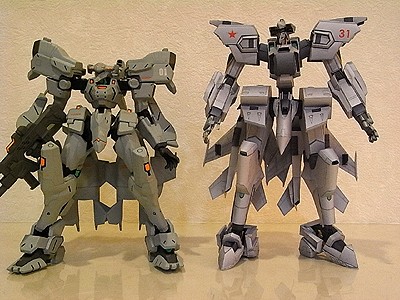
Swipe for more:
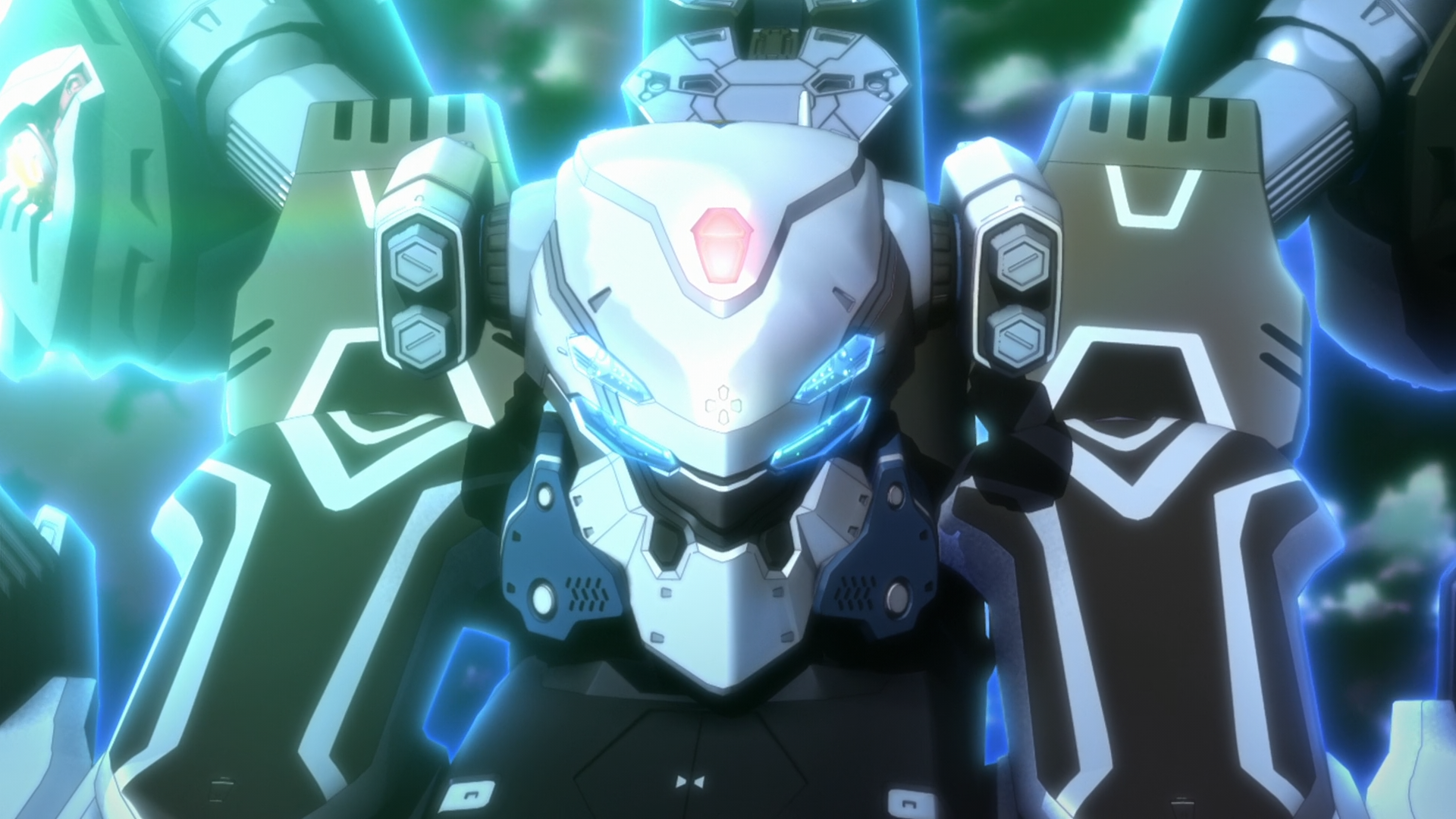
Mecha Profile: Aquarion Gepard – Aquarion EVOL
The 3rd form of the Aquarion EVOL is a walking artillery of destruction – literally. The Aquarion Gepard has enough firepower to even shoot through dimensions.
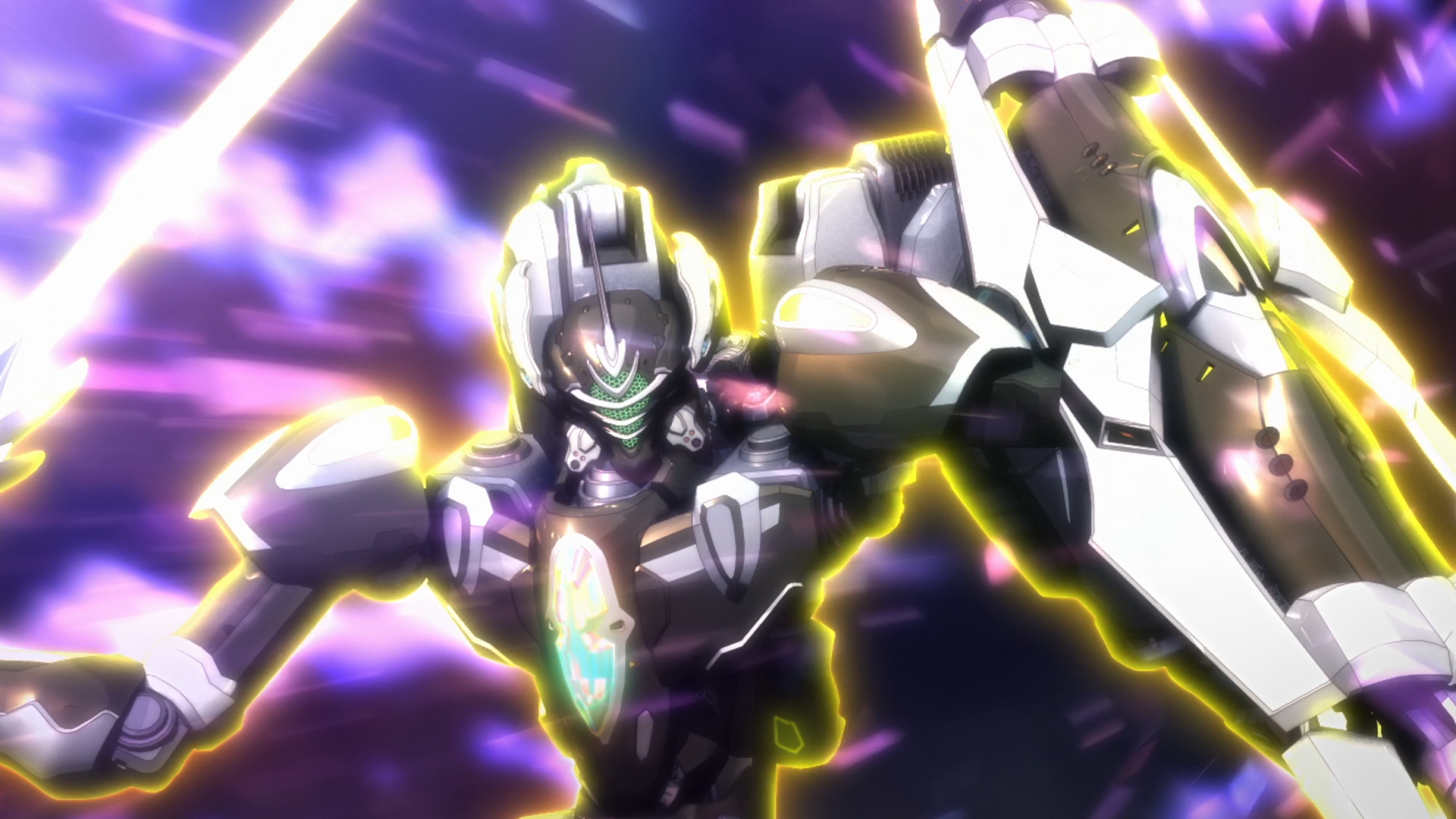
Mecha Profile: Aquarion Spada- Aquarion EVOL
The unbeatable melody of the sword – Aquarion Spada is Evol’s 2nd form. With a strong resemblance to a swordsman, the Spada is a key element in unlocking the myths of 12,000 years.
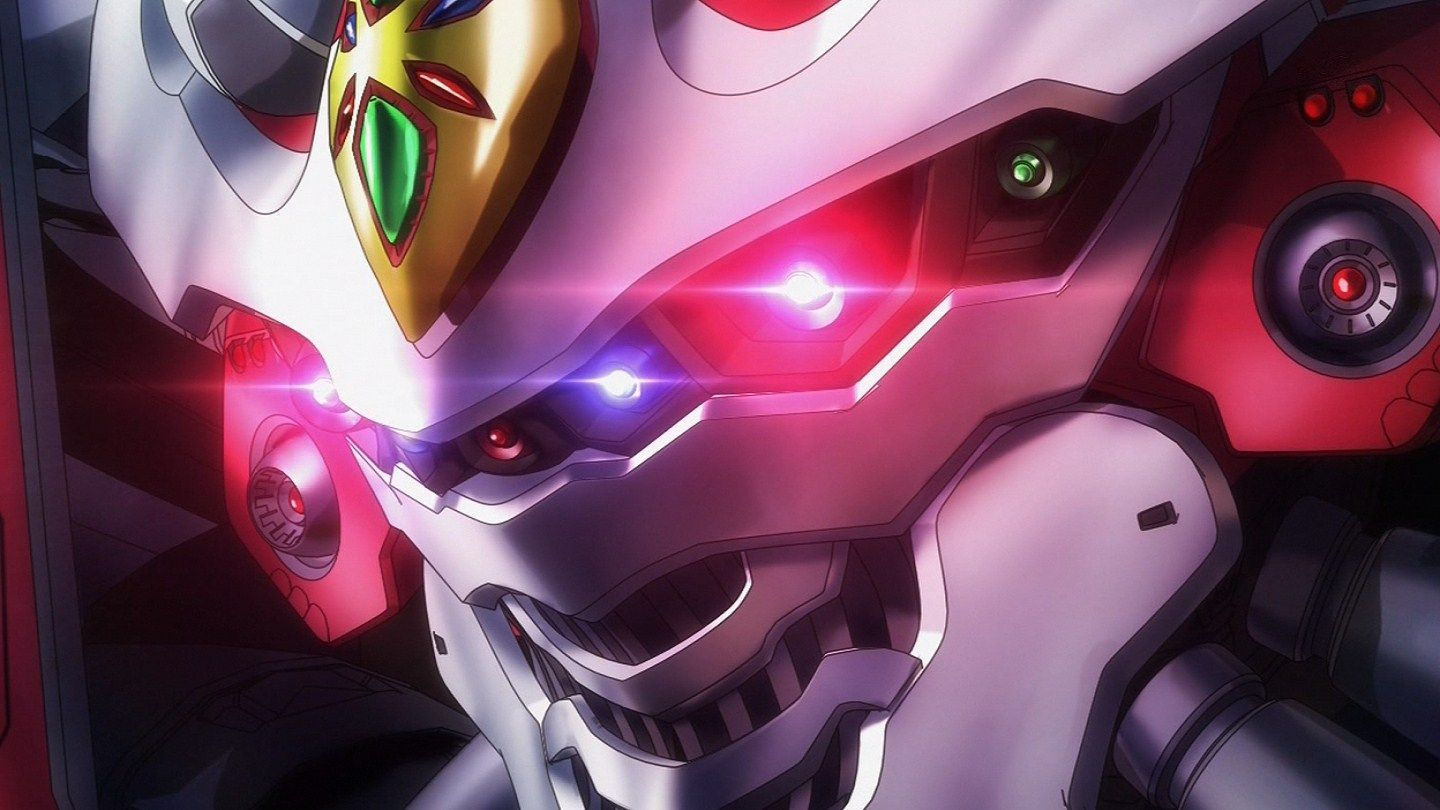
Mecha Profile: Aquarion EVOL – Aquarion EVOL
After 12.000 years, the Mechanical Angel awakens once again. Fighting for the love that span millennia, the Aquarion EVOL once again unlocks the past that was sealed within.
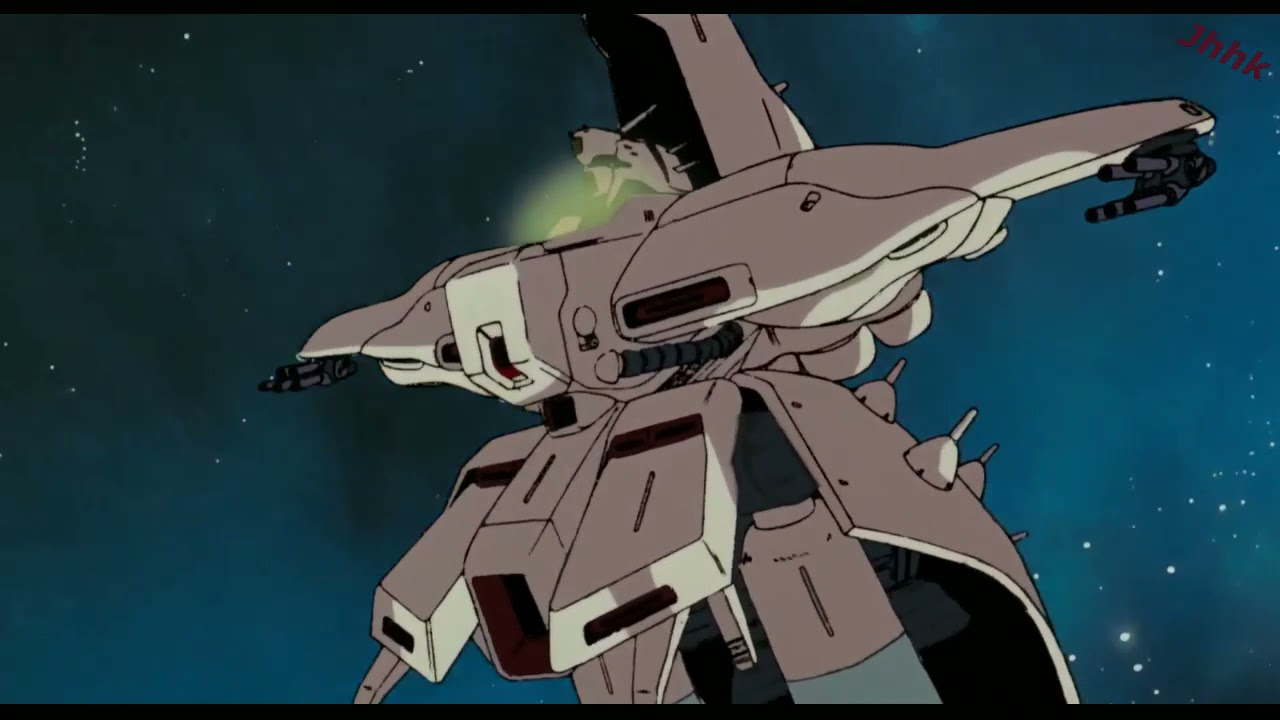
Mecha Profile: NZ-333 Alpha Azieru – Char’s Counterattack
The big and familiar looking NZ-333 α Azieru rumbles the battlefield for the newly formed Neo Zeon. Ironically, it was piloted by a young and naive Newtype girl.
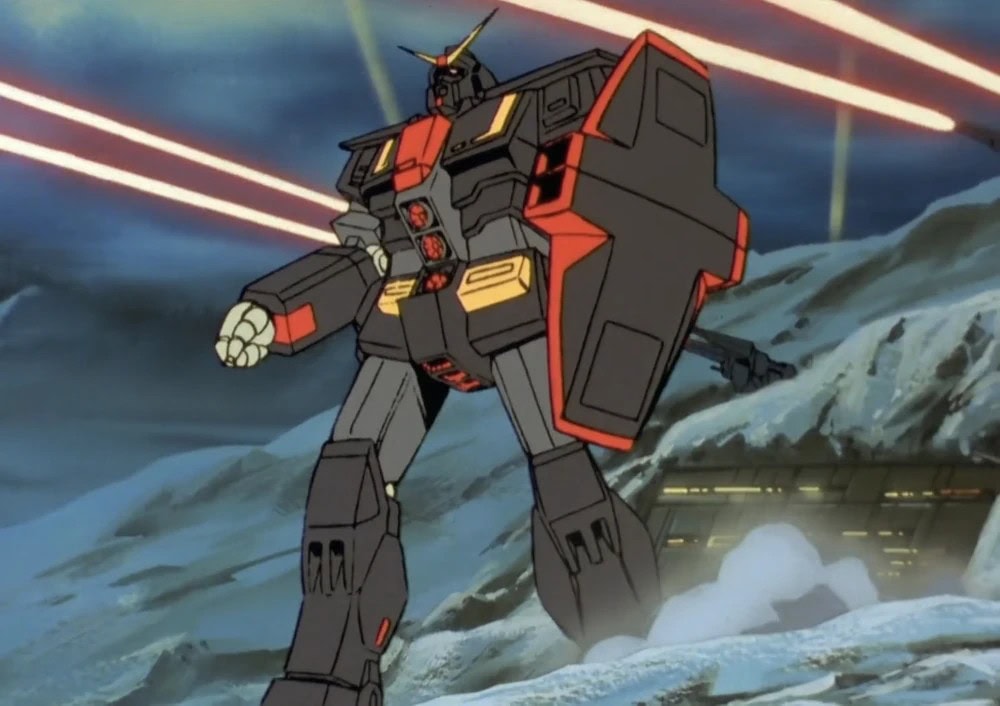
Mecha Profile: MRX-009 Pyscho Gundam
Gundams are already a terrifying sight to see for regular pilots in their mass-produced mobile suits but what if a Gundam gets even larger, stronger and even transformable? The 40-meter Psycho Gundam strikes fear in their eyes.
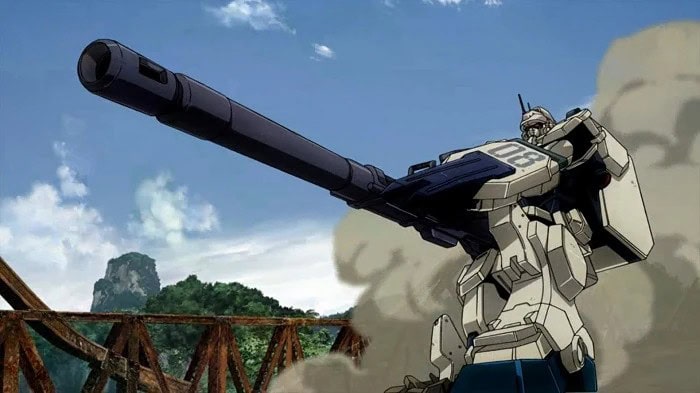
Mecha Profile: RX-79[G]Ez-8 Gundam Ez8
Some pilots want their Gundam extra thick because they keep getting shot at so instead of dodging, perhaps increasing its armor is a better choice, an armor so thick they were made from the enemies themselves – the Ez8 Gundam.
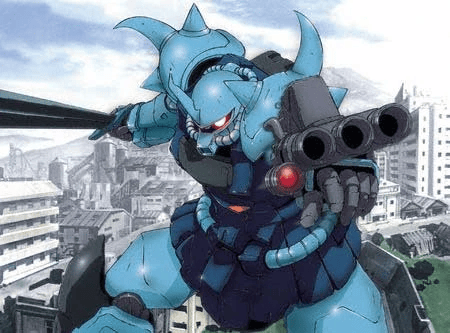
Mecha Profile: MS-07B-3 Gouf Custom
Oh boy it’s definitely not a Zaku! The Gouf Custom is a fine choice for Zeon’s aces that prefer lighter mobile suits for close quarter combat over the mass-produced Zaku II.
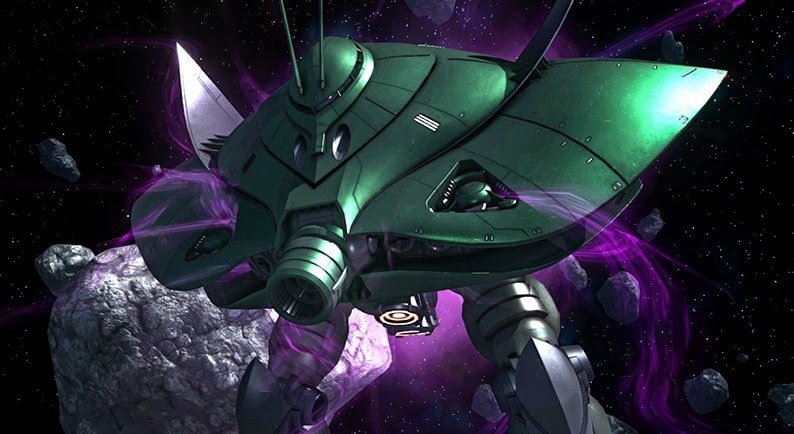
Mecha Profile: MA-08 Big Zam
This iconic and recognizable giant chicken-legged mobile suit – or mobile armor to be exact has made its debut to the Universal Century during One Year War – the Big Zam.
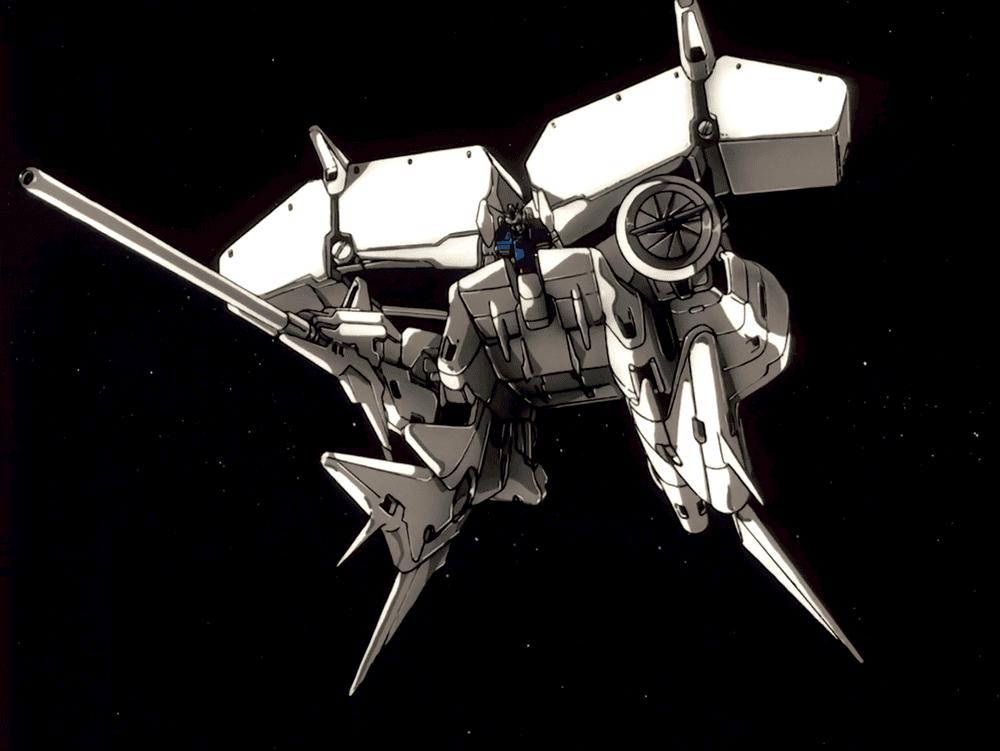
Mecha Profile: RX-78GP03 Gundam Dendrobium
A robot with a gigantic weapon pack on its back is undoubtedly one of the coolest ideas anyone can come up with and the Gundam Dendrobium is here to fulfill everyone’s dream of such. Piloted by the famous carrot hater via ace pilot – Kou Uraki, it soared through war-torn space in the middle of the Delaz Conflict.
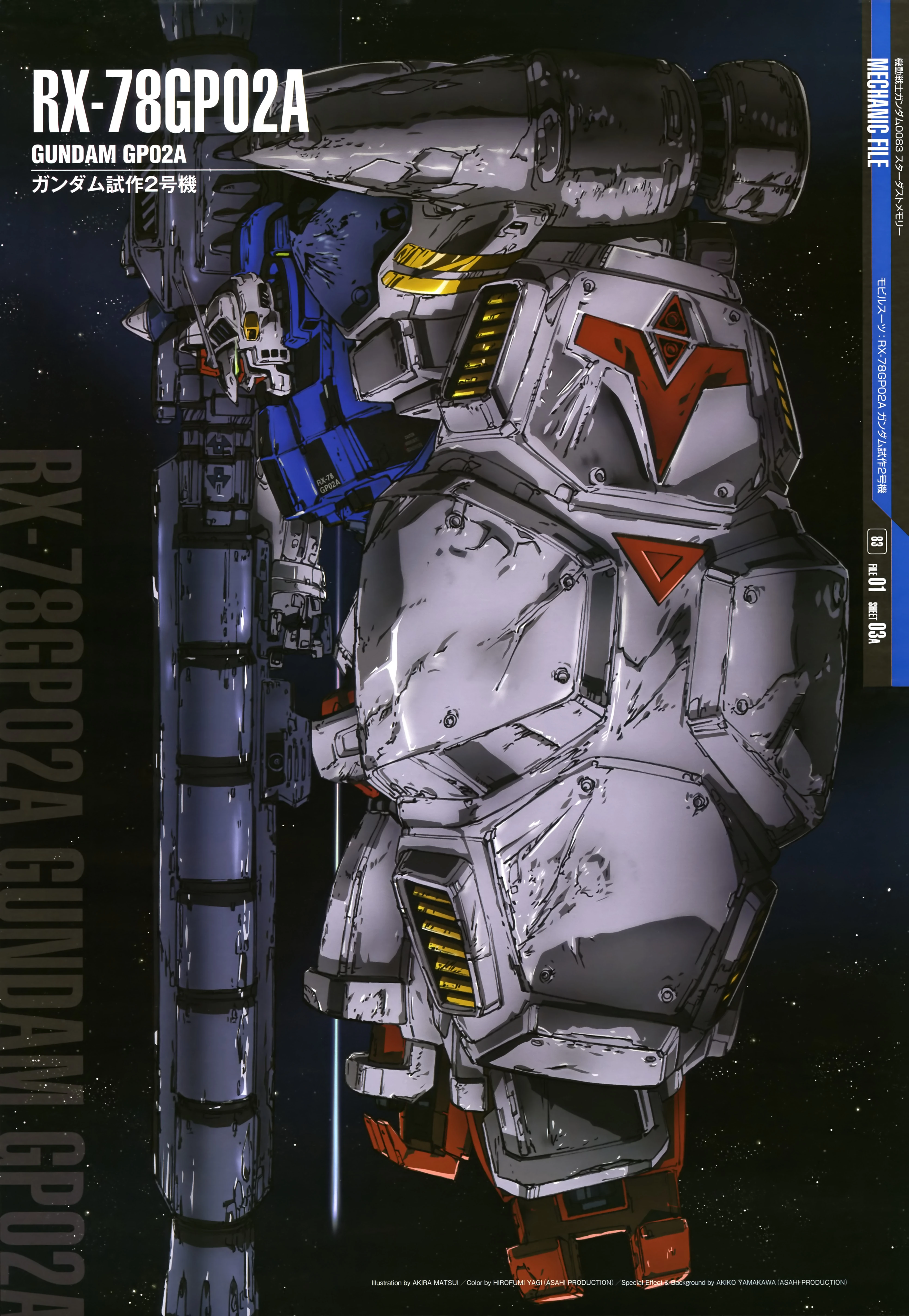
Mecha Profile: RX-78GP02 Physalis – Gundam 0083: Stardust Memory
Bulky yet very maneuverable, Gundam Physalis is one big nuclear threat that looms over U.C.0083.
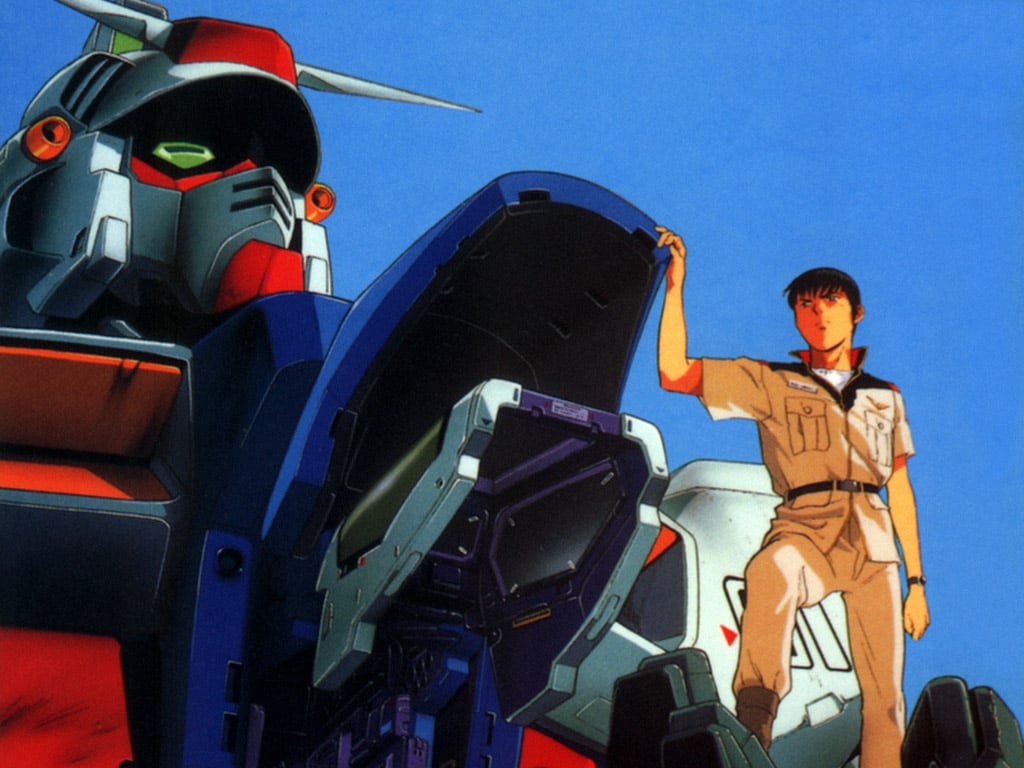
Mecha Profile: RX-78GP01 Zephyranthes – Gundam 0083: Stardust Memory
Flowers that blossom on the battlefield are the strongest kind. The Gp-01 Zephyranthes is a high-mobility Gundam that returned to Gundam’s root with a core fighter.
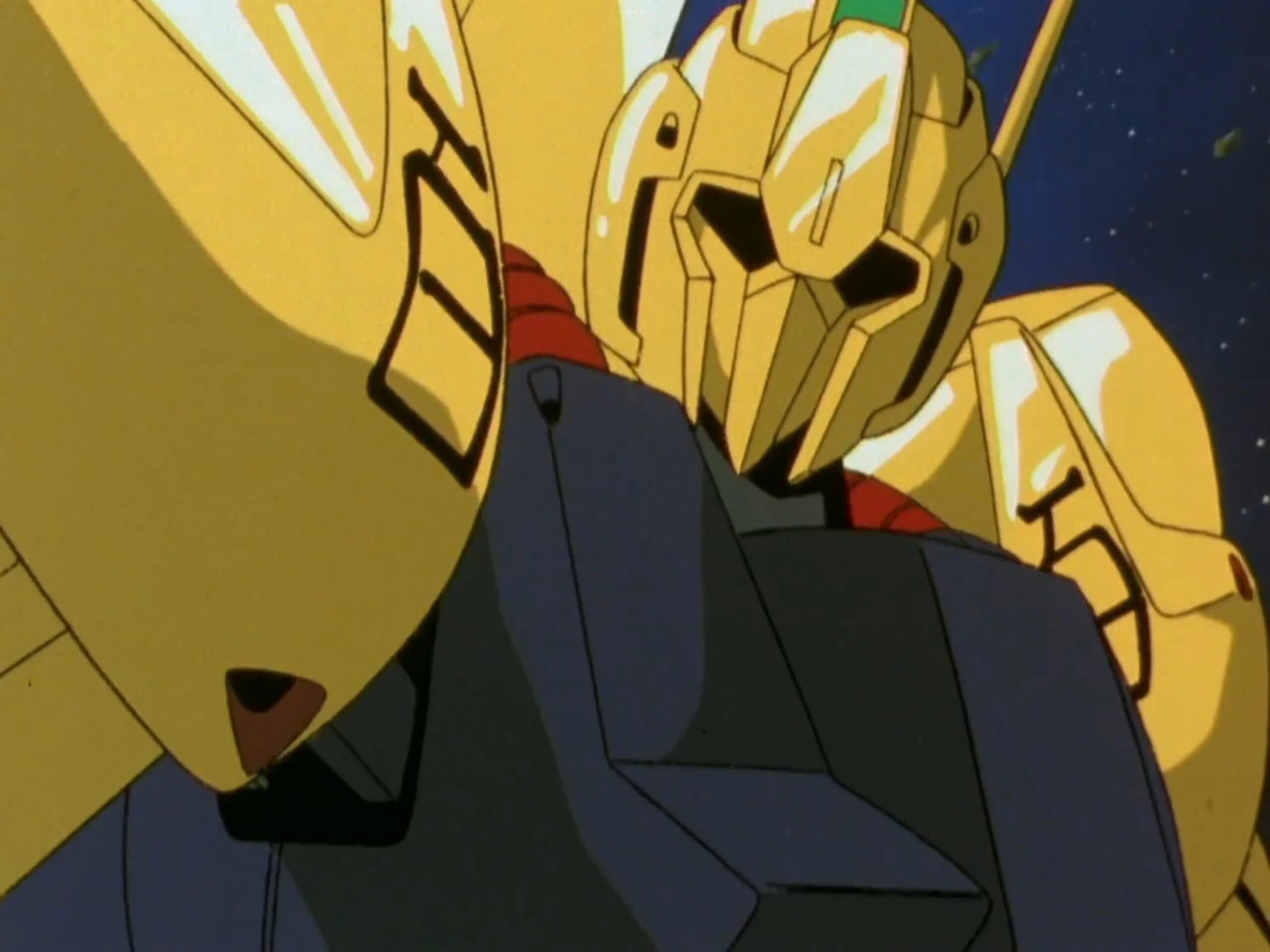
Mecha Profile: Gundam Z – Hyaku Shiki
An ambitious project to build a Mobile Suit that would last a hundred year. Cladded in a golden color is the Hyaku Shiki – aka Type 100 – which was Lt. Quattro’s personal mobile suit.
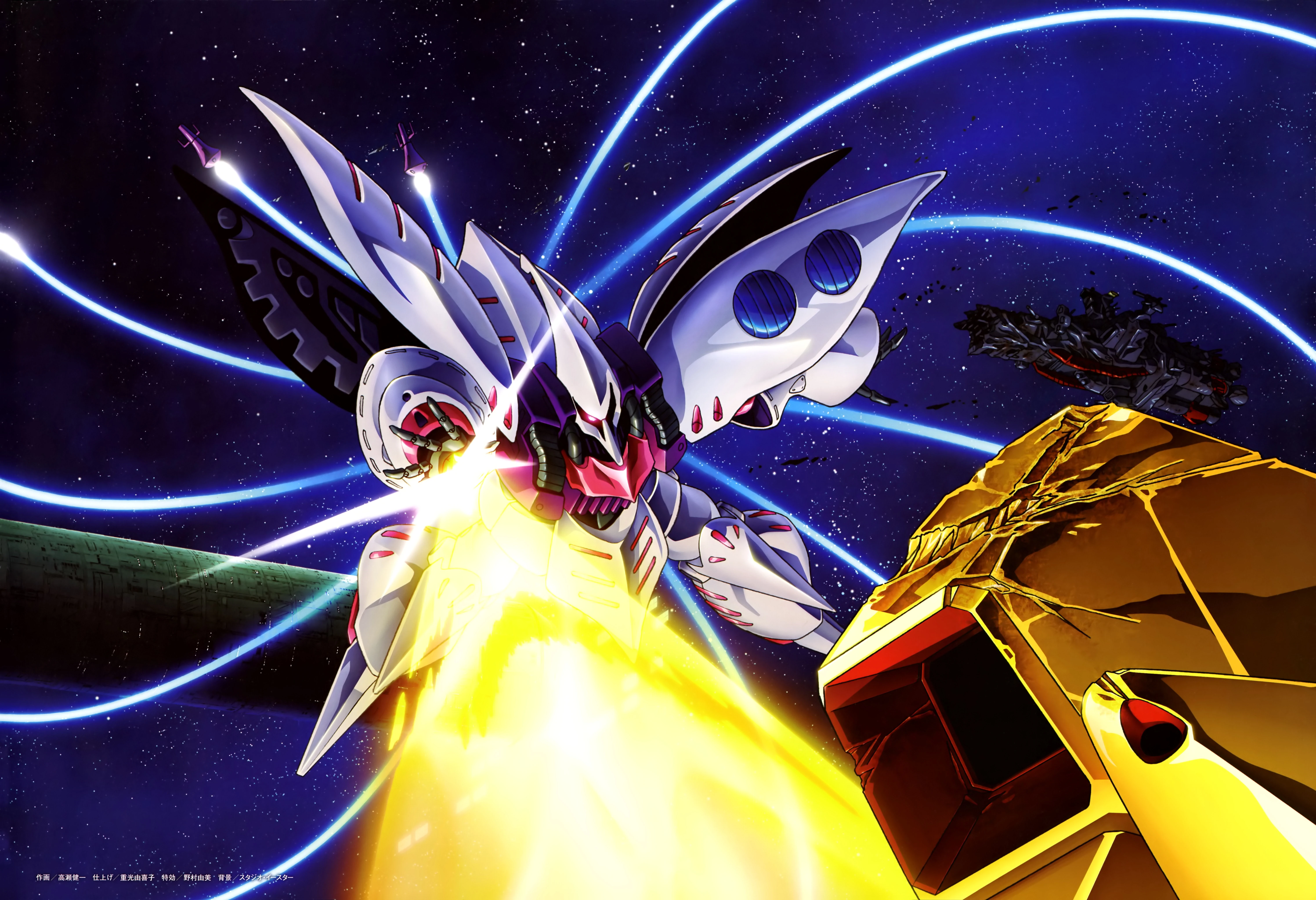
Mecha Profile: Gundam ZZ – Qubeley
A machine fitting for the queen of Neo Zeon. The Qubeley is a special machine made for a special pilot. Its funnel dominate the battlefield.
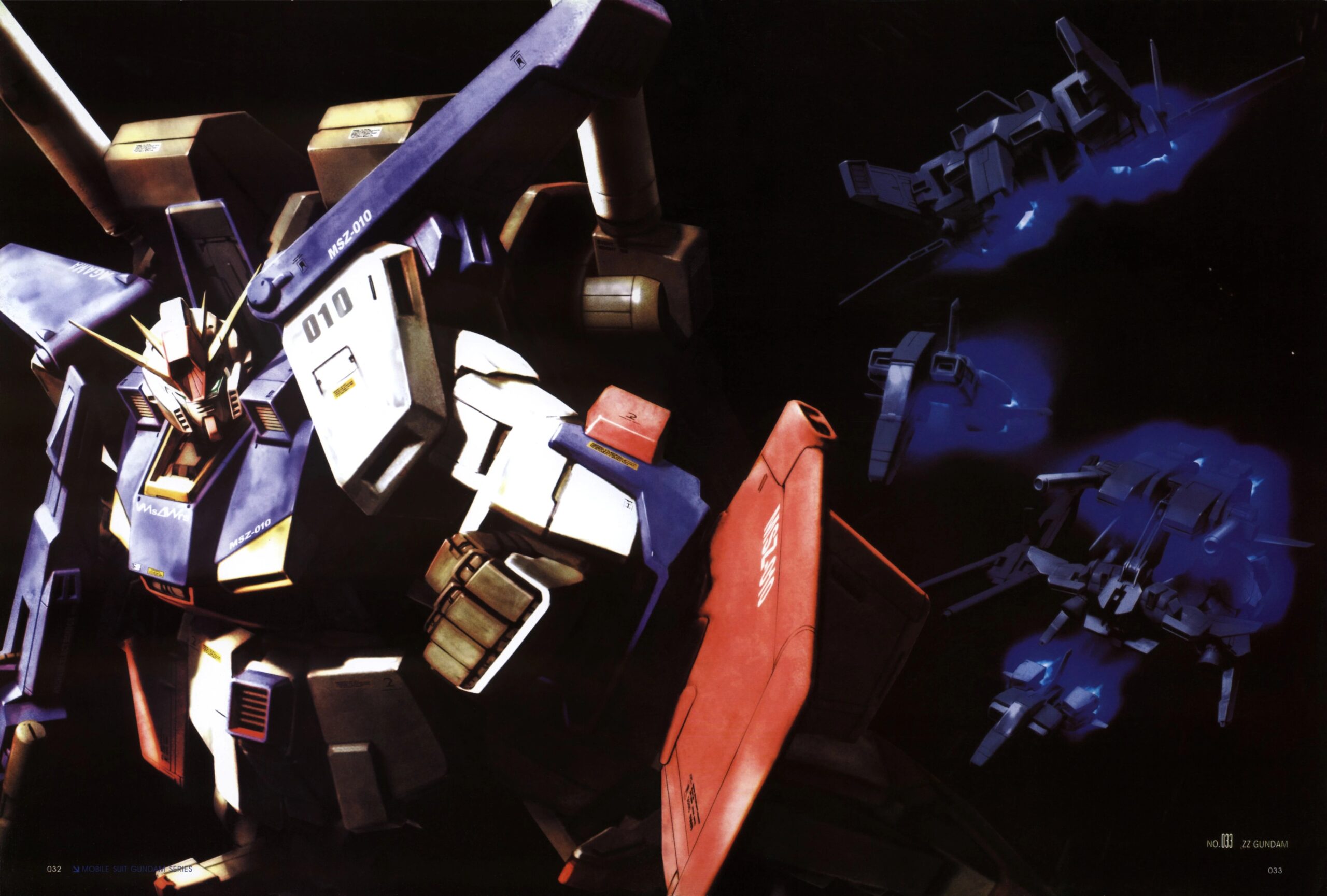
Mecha Profile: Gundam ZZ – ZZ Gundam
Power overwhelming! One of the main Gundam with the highest firepower pre CCA. The ZZ Gundam is an all-in-one combiner that was pivotal in the war against the Neo Zeon.
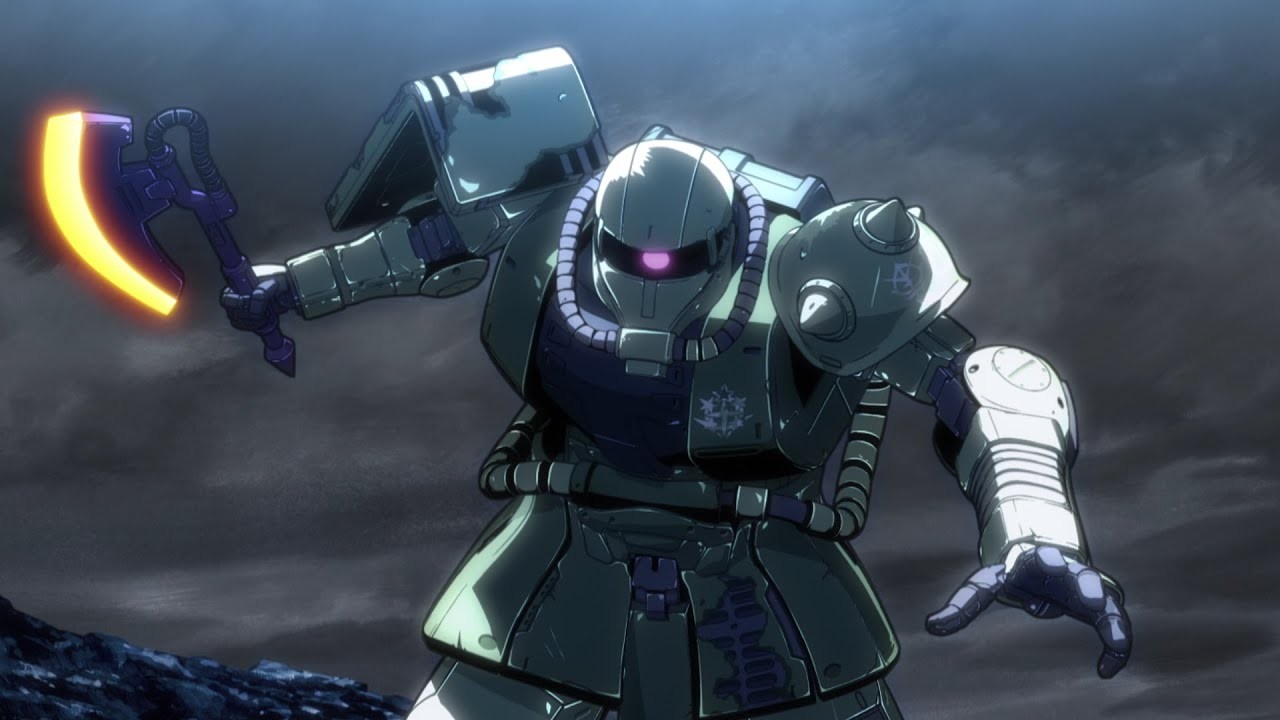
Mecha Profile: Gundam 0079 – MS-06 Zaku II
The backbone of the Principality of Zeon in the One Year War. The Zaku is not a super prototype, but its reliable performance has brought Zeon many victories – especially when Char Aznable pilot it.

